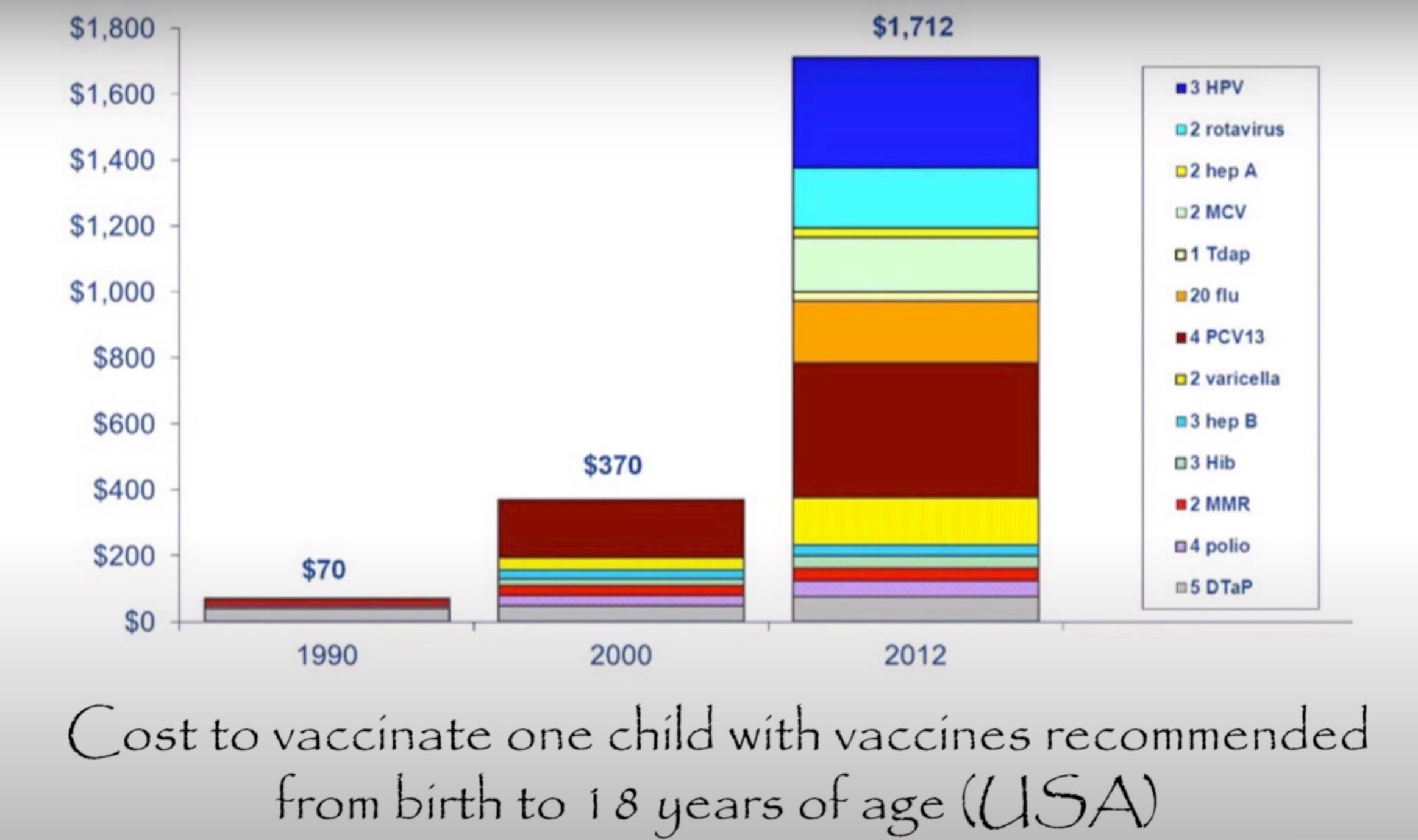False
In the early 80s, US vaccine manufacturers claimed the damages they were paying out for vaccine injuries were costing them many times more than their profits.
Admitting that a completely safe vaccine was impossible to formulate, they threatened to stop making vaccines altogether.
Every year 35,000 children suffer neurological damage related to the DPT vaccine. —US Senate Committee testimony, May 3, 1985
Edward Grant, Jr, US Assist. Secretary of Health
As a result, in 1986 the US vaccine industry was granted exemption from all liability via the National Childhood Vaccine Injury Act (NCVIA).
Instead, via a tax on vaccines delivered, taxpayers now fund the federal “vaccine court” (officially, the National Vaccine Injury Compensation Program) rather than a portion of the profits of the vaccine manufacturers.
The US federal program, the Vaccine Adverse Events Reporting System (VAERS), was created to award damages to the vaccine-injured with taxpayer money. This now freed the manufacturers to develop many new vaccines, with little regard for their safety.
A direct outcome from this decision is that the U.S. vaccine schedule more than tripled since the 1986 NCVIA act, because the CDC rapidly approved and recommended increasing numbers of childhood vaccines to the schedule of doses.
The only safe vaccine is one that is never used.
In addition to the resulting rapid increase in the number of vaccines given, only a tiny fraction of the hundreds of thousands of vaccine-damaged children receive any compensation. Their awards are capped at $250,000, which is inadequate to cover many serious injuries. For example, the cost of the care for a brain-injured child has been calculated at over $2 million.
While the vaccine court denies most claims, by 2020, over $4.5 billion of taxpayer money has been awarded to partially compensate vaccine-damaged families—a tiny fraction of what most families need.
